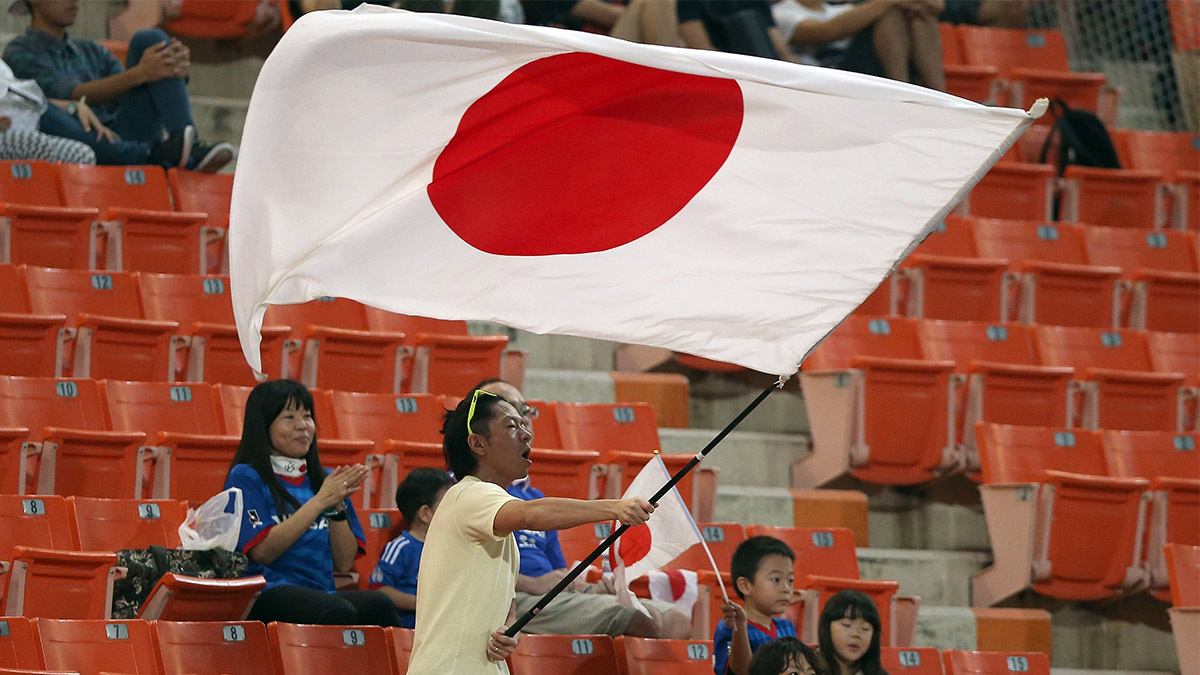Power Up: Wait, who wants our gas now?

Japan has its flag up at the Scarborough project now. Pic: via Getty Images
It wasn’t all that long ago that a Japanese think tank, the Institute of Energy Economics, called out Australia’s safeguard mechanism policies as the reason why Australia was no longer the preferred candidate to make up any shortfall from reduced LNG supply from Russia.
While Energy Minister Chris Bowen offered up a little reassurance late last month, there was precious little panicking in response to the comments – read here for some possible reasons why – and as it turns out, Japan is still very keen on Australian gas.
This was made absolutely clear earlier this week when Woodside Energy Group (ASX:WDS) reached an agreement to sell a 10% stake in its Scarborough LNG project to LNG Japan for a cool US$500m ($764m), which climbs to US$880m when you take into account the requirement to reimburse our largest gas exporter for past expenditure from 1 January 2022.
Rather predictably, the sale of the strategic stake comes with a measure of assurance that gas from the project will find a customer with the two reaching a non-binding agreement for the sale and purchase of 12 LNG cargoes per year (approximately 0.9 million tonnes per annum) for 10 years commencing in 2026.
Par for the course as this is typical of Australian LNG projects – strategic stake and offtake on favourable terms in return for capital to develop some pretty expensive gas infrastructure.
Woodside will retain 90% of Scarborough, which offers plenty of room for more deals if it so desires, and plans to process gas from the field at its Pluto LNG plant, where a second processing train is currently under construction.
Sure, there’s a shadow of strikes hanging over the heads of some Australian LNG producers – including Woodside, but it doesn’t change the fact that Japan is still keen on getting its gas (and hydrogen) from Australia.
While the safeguard mechanism will almost certainly raise the cost of producing gas, an increase in cost is just one factor in the massive matrix of considerations that make up each jurisdiction’s sovereign risk; and Australia isn’t going to be breaking out into civil war or seizing privately-owned infrastructure anytime soon.
Tooting our own horn
Now for a bit of patting ourselves on the back, grandstanding, bragging and saying “we told you so”.
Shameless copying of Monty Python’s Dead Parrot sketch aside (which never fails to amuse this writer), Power Up predicted in the middle of July that Saudi Arabia’s commitment to maintaining its 1 million barrels of oil per day cut for another month – into August, would likely result in crude oil prices staying elevated.
While two previous cuts had resulted in quick climbs before prices fell back down to just above US$70 per barrel, Power Up suggested that this time was different.
And you guessed it, we were right.
The benchmark Brent crude has not strayed anywhere below the US$80/bbl mark since the Saudi announcement and has instead shown a definite trend upwards – with the usual volatility.
Oil prices could be going up further
And sadly, there are indications that there might be more cuts coming.
Perhaps because of the need to pay for that new megayacht or perhaps constructing “The Line” linear city (arcology really), Saudi Arabia is widely predicted as looking to not only extend the production cuts but also to deepen them.
Some sources believe the OPEC leader needs crude oil to be priced at the US$100/bbl mark to balance its books, though an extended period of that level of pricing will further increase cost of living pressures and drive economies across the globe fully into recession territory.
That will be counter productive in many ways.
A recession will impact on oil demand, which will in turn require further production cuts to keep prices up. At some point, this could pivot consumers away from oil for economic reasons rather than just environmental ones.
Give it enough time and Power Up thinks that OPEC may find a rather urgent need to find some other way to keep their economies afloat.
Related Topics

UNLOCK INSIGHTS
Discover the untold stories of emerging ASX stocks.
Daily news and expert analysis, it's free to subscribe.
By proceeding, you confirm you understand that we handle personal information in accordance with our Privacy Policy.








